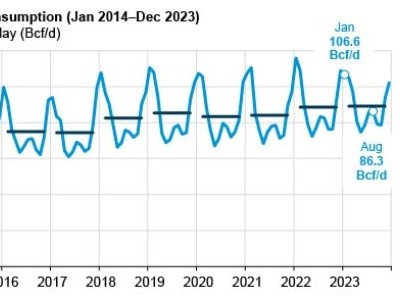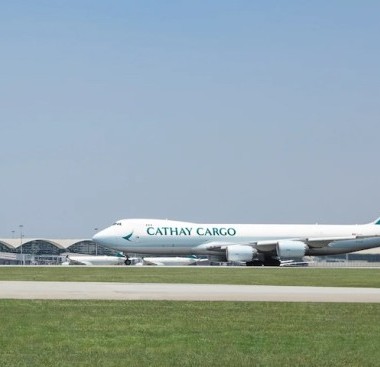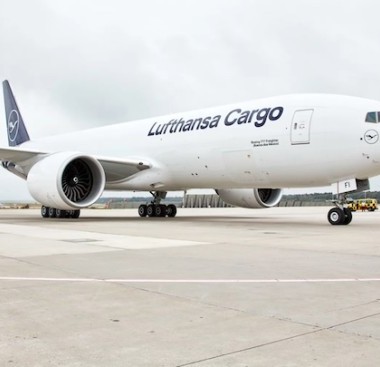Record-high LNG imports in Europe just in time for demand surge - Rystad Energy global gas and LNG market note
Dec 07, 2022Europe imports record high levels of LNG just in time for winter demand surge.
European temperatures have continued to decline in the first week of December, pushing weekly average storage withdrawals to some 470 million cubic meters per day (MMcmd) and LNG imports to a record monthly high of 11.4 million tonnes.
A new LNG long-term deal was signed between Sempra and INEOS, boosting supply to Europe’s gas market.
Day-ahead prices on the UK’s National Balancing Point (NBP) have also jumped on cold weather and low wind power output in recent weeks.
In the US, despite weak gas demand in the mid-west and east coast, 81 billion cubic feet (Bcf) was taken from storage last week.
Despite an early cold snap, ample gas inventories in Asia are keeping a lid on spot prices.
Europe
The Netherlands-based front-month Title Transfer Facility (TTF) gas price closed at around $41.77 per million British thermal units (MMBtu) on 2 December before settling at $41.73/MMBtu on 5 December.
The UK’s NBP is proving more volatile with day-ahead prices rising to £336 per them ($41/MMBtu) on 5 December, a 40% or so increase compared to early November.
Gas-fired generation is responsible for about 40% of the UK’s power output.
Gas use in the power sector has been on the rise due to low wind speeds across the UK this year and a recent drop in temperatures which is pushing up power demand.
The UK has surpassed Italy in having the most expensive power in Europe with prices up 121% week-on-week to average €363 per megawatt-hour (MWh) last week.
Until recently, the UK has been continuously exporting gas to continental Europe through two pipelines: the bi-directional Interconnector UK (IUK) which crosses the North Sea between the Bacton Gas Terminal in England and Zeebrugge in Belgium, and the Balgzand Bacton Line (BBL) which runs between the Netherlands and the UK.
The Interconnector has capacity to transport 59.2 million cubic meters per day (MMcmd), with BBL capable of transporting 15.2 MMcmd.
After 15 days of planned maintenance, IUK resumed daily flows of about 62 MMcmd on 30 November.
However, since 3 December, BBL’s daily flows to continental Europe have fallen from 16 MMcmd to zero due to unknown causes.
With temperatures set to continue falling this week, we expect gas to be withdrawn from European gas storage at levels between 300 and 500 MMcmd.
The gas market will be supported by strong LNG imports, firm Norwegian gas pipeline flows and stable gas supply from Africa and Azerbaijan.
Rystad Energy data shows that Europe imported over 11.4 million tonnes of LNG in November, a new record high for the year.
France, Spain and the UK combined account for over half of Europe’s total imports. When it comes to talks on imposing a cap on European gas prices for which formal approval is expected during a meeting of EU member states on 13 December.
Asia and the US
In Asia, prices for January 2023 delivery have fallen slightly to $29.92/MMBtu this week, though they are 17% up on last week due to Europe’s relatively stable TTF gas price.
Last week’s cold weather forecast for Japan and South Korea looks unlikely to eventuate, with the weather predicted to be milder than expected for the coming fortnight in Japan and no significant gas stock withdrawals yet seen so far.
Gas demand remains weak across the Asian region, with prices on the Japan Korean Marker (JKM) settling at $33.1/MMBtu on 5 December.
In the US, the Lower 48 states continue to see storage withdrawals of 81 Bcf on flat weekly gas production.
Weekly gas demand in the US power sector is down 16%, according to the Energy Information Administration (EIA).
Freeport LNG has pushed out its restart from id-December to January 2023 which will provide more gas supply for the US domestic market through to end-2022.
Partial outages at Corpus Christi LNG have ended with feedgas supplies to the facility rising to 2,238 million cubic feet per day (MMcfd) on 4 December.
Since 1 December, feedgas supply to Calcasieu Pass LNG reached 1,554 MMcfd before falling back to 1,300 MMcfd on 4 December.
Similar Stories
Senate sends aid package with Iran oil sanctions to Biden
The Senate voted to send a foreign aid package that includes sanctions on Iran’s oil sector to President Joe Biden, who has said he will sign the legislation into law.
View ArticleOil holds gains above $88 before update on US crude inventories
Oil held gains above $88 a barrel before the release of weekly US stockpiles data as traders took cues from wider markets and a fading geopolitical premium.
View ArticleChina’s oil buyers set to weather tighter US sanctions on Iran
China’s private oil refiners could seek to buy more cargoes whose origin has been obscured as they prepare for fresh US sanctions on Iranian exports, ensuring crude continues to flow…
View Article
U.S. natural gas consumption set annual and monthly records during 2023
View ArticleRussia’s crude exports cling to gains with refineries hobbled
Flooding and drone strikes on refineries likely help to keep flows elevated
View ArticleChina loses its appetite for Russian coal as import costs rise
China is losing its appetite for Russian coal as import taxes and logistical snarls push Asia’s biggest buyer to cheaper alternatives.
View ArticleGet the most up-to-date trending news!
SubscribeIndustry updates and weekly newsletter direct to your inbox!





